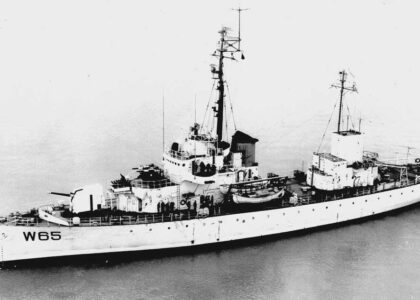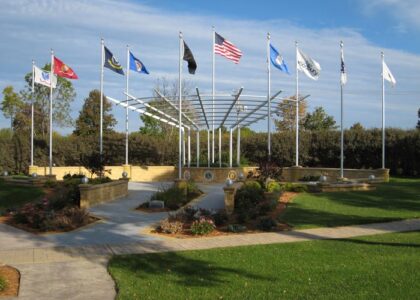Imagine stepping back in time to the early 1940s in Millville, New Jersey, where the air buzzed with the sound of fighter planes and the ground pulsed with the energy of a nation at war. This is where the Millville Army Air Field was born, America’s First Defense Airport, a significant player in the World War II effort. Established in 1941, this airfield was quickly transformed into a bustling military facility, where nearly 1,500 pilots honed their skills in P-47 Thunderbolt and P-40 Warhawk fighter planes. These pilots, many of whom were still in their early 20s, carried the weight of the world on their shoulders and the hope of a nation in their hearts.
The airfield was a hive of activity, not just for pilots, but also for soldiers, mechanics, and support staff who worked tirelessly to ensure every plane was ready for its mission. Among the notable figures was Lieutenant Colonel Robert L. Scott, a legendary pilot who trained here before earning fame as a Flying Tiger in China. The airfield’s role was crucial during the war, serving as a training ground for air combat tactics that would later be employed in the skies over Europe and the Pacific.
In the years following the war, the Millville Army Air Field evolved, transforming from a military hub to a civilian airport, yet it never lost its historical significance. Today, the Millville Army Air Field Museum stands as a testament to its rich past, housing a collection of artifacts and photographs that tell the story of this pivotal time in history. Visitors can explore exhibits that bring to life the experiences of those who served here, ensuring that their legacy continues to inspire future generations.
The broader historical context of the Millville Army Air Field cannot be understated. It was part of a nationwide effort to prepare America for its role in World War II, reflecting the country’s rapid mobilization and the pivotal role of air power in achieving victory. Through the stories preserved at the museum, one can gain a deeper understanding of the sacrifices made and the spirit of innovation that defined this era.




